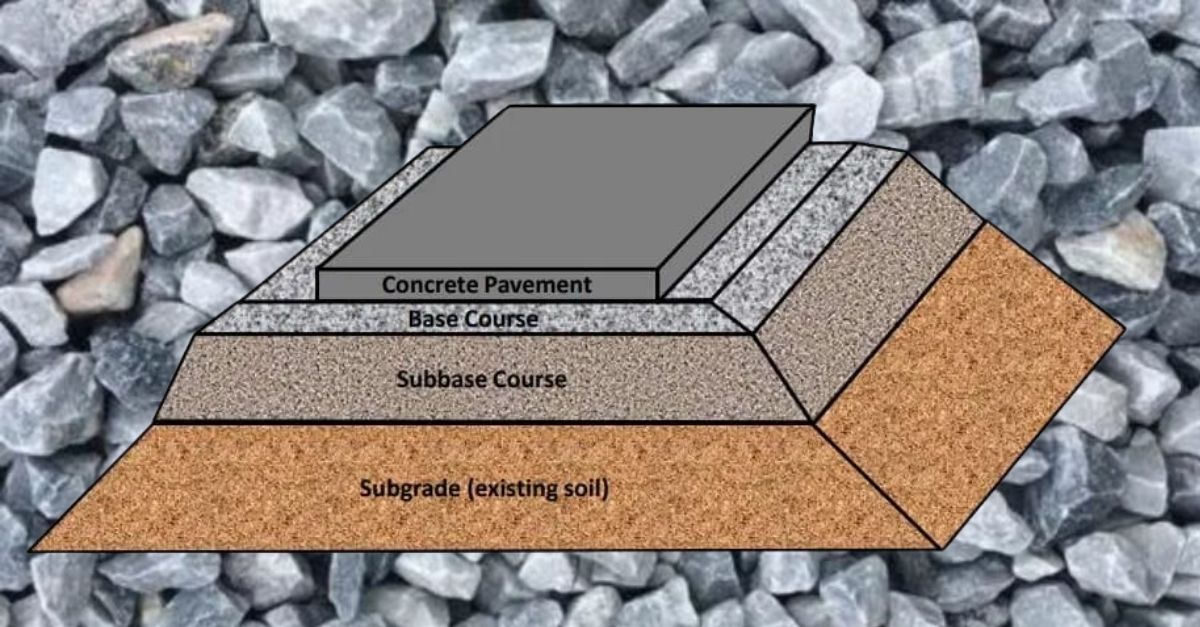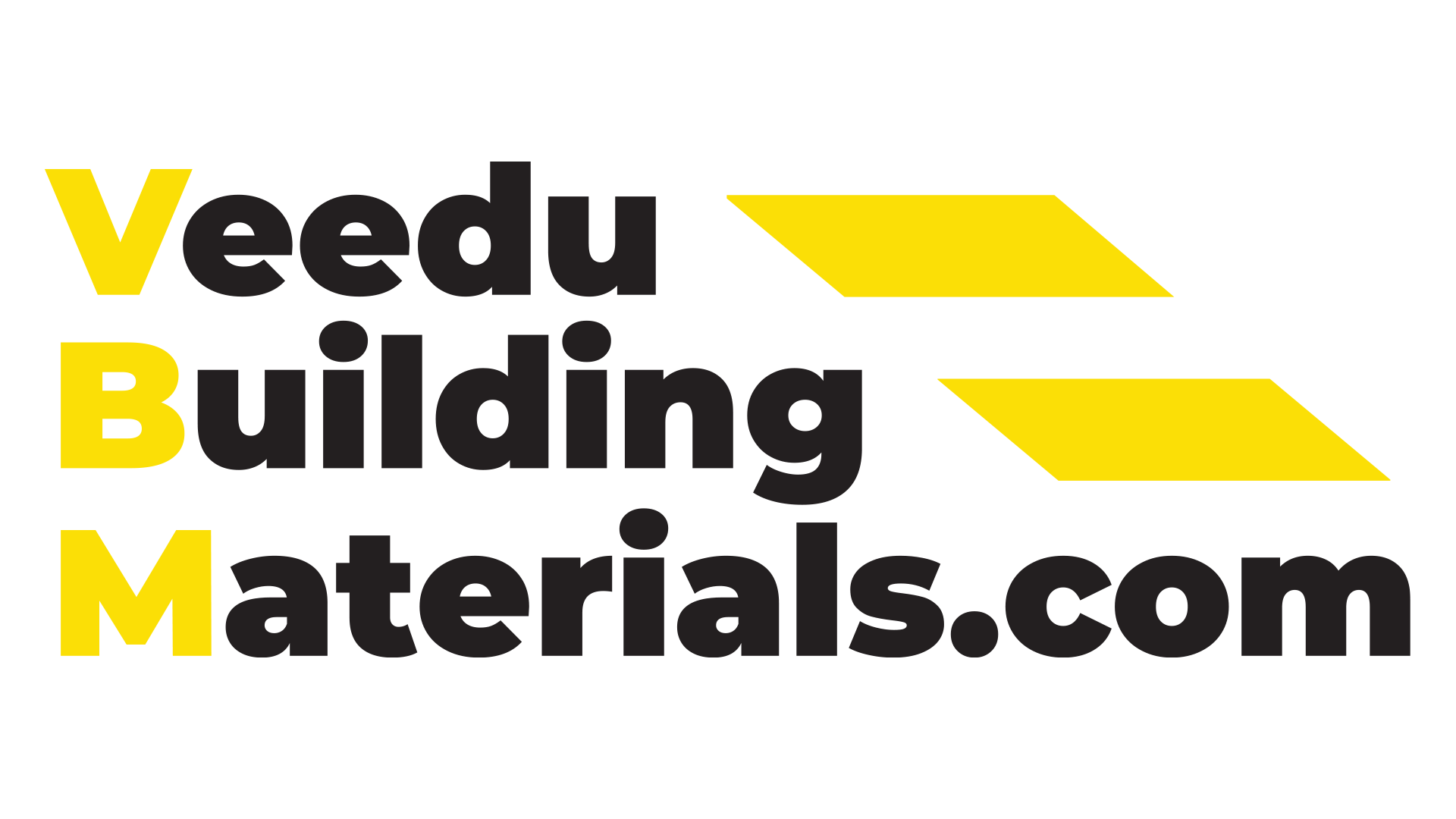Aggregates are inert granular materials that provide volume to the concrete. In the construction industry, they have a different basis for classification. One crucial basis is their grain size. They are grouped as fine and coarse aggregates as per their particle size.
This article is a short guide on the coarse aggregates used in the construction industry. It will help you understand their properties, sub-classifications, and applications.
What are coarse aggregates?
Aggregates that cannot pass through the IS Sieve of 4.75mm are called coarse aggregates. They are crushed stones or naturally occurring gravel used in making concrete. Their maximum size can go up to 63mm. Coarse aggregates are usually formed by blasting the stone quarries. Though sometimes, they are also hand-crushed. It is possible to crush stones of various sizes together in the machines. But in the case of hand-crushing, only similar-sized stones are used. Coarse aggregates are mixed in particular proportions to obtain high-quality concrete.
The most commonly used aggregates for structural concrete include hard crushed rocks (granite and limestone) and natural river gravels.
For non-structural concrete, foamed slag, broken bricks, clinkers, etc., are also used as coarse aggregates.
Properties of Coarse Aggregates:
-
Size of coarse aggregates
The size of the aggregates should depend upon the application/usage of the concrete.
| Use | Maximum Size of Coarse Aggregate |
| Non-reinforced work | 40-75mm |
| RC Foundation work | 40mm |
| RC works (beams, columns, slabs) | 20mm |
| Shell roof and thin members | 10mm |
-
The shape of the aggregate
The aggregate shape is an essential determinant in the workability of the concrete. The most preferred aggregates are cubical, spherical, or angular shapes.
-
Water-absorption
The porosity of the aggregate will affect the water absorption. In general, it should not absorb more than 5% water. The higher water absorption adversely impacts the workability and durability of the concrete.
-
Specific -gravity
Strong and durable materials have high specific gravity. Whereas soft and porous materials have low specific gravity. In general, the specific gravity of coarse aggregates should lie between 2.6 to 2.9.
The specific gravity of materials
| Specific Gravity | |
| Trap | 2.9 |
| Granite | 2.8 |
| Gravel | 2.66 |
| Sand | 2.65 |
Source: Dreamcivil.com
-
Free from impurities
Impurities reduce the binding strength of the aggregates. Inorganic impurities (dust, clay, chemicals) and organic impurities (such as leaves, twigs, shells) should be removed before use. Else they will weaken the adhesion between aggregates and cement/bitumen.
-
Durability
Aggregates have to withstand extreme weather conditions. So, they should be solid and resistant to physical and chemical actions such as rains, storms, etc. Besides, they are also subject to loads such as vehicles. Their degree of toughness is a critical determinant in deciding their longevity.
-
Surface Texture:
The adhesiveness of the aggregate with the cement/bitumen depends upon their surface texture. Rough and porous aggregates bind better with cement. It gives good bonding strength to the concrete.
Uses of Coarse aggregates

Provides volume to concrete
Coarse aggregate adds bulk to the concrete and reduces the overall project costs.
Railway ballast
We use coarse aggregates in railway ballast to distribute the load uniformly.
Base preparation
We use these in the base course of the driveways, pavements, and roadways. They support a load transfer mechanism.
Water purification
They act as the filter in water purification plants to separate water from unwanted particles.
Drainage systems
We use these to construct perimeter drains, retaining walls, and septic leach fields.
Rainwater harvesting
They form the upper layer in rainwater harvesting systems.
Construction of road
We widely use these in road construction. Moreover, we also use these to create temporary road surfaces such as tire knock areas for trucks.
Building moisture-resistance
We use these in building slabs and vapor barriers to prevent moisture from penetrating.
Classification of Coarse Aggregates
The shape is one of the most effective ways of classifying coarse aggregates. It affects the workability, strength, durability, and adhesiveness of the concrete. Here are the different shapes under which the coarse aggregates are classified:
-
Rounded aggregates
Rounded aggregates are natural stones, rocks, and gravel found on the river beds. They achieve a round and smooth shape because of natural weathering, erosion, and attrition. These aggregates work well with a low water-cement ratio. Their shape minimizes the percentage of voids (32-33%) and enhances workability. However, roundness results in poor interlocking behavior and weak bond strength.
-
Irregular aggregates
Irregular Aggregates are partly round in shape. They have a slightly higher bond strength as compared to rounded aggregates. But still are unsuitable for high-strength concrete. Their void percentage is around 35-38%. We use these in low or medium-strength road construction works.
-
Angular Aggregates
Angular aggregates have sharp and well-defined edges. They have a maximum percentage of voids (38-45%) which hampers the workability. But with the excellent bond strength and inter-locking property, they find their use in high-strength concrete; The low workability problem is overcome by using round or smaller aggregates for filling the voids. We used these for high-strength concreting in buildings and bridges.
-
Flaky Aggregates
An aggregate is flaky if its least dimension (thickness) is less than 60% of its mean dimension. The uneven shape creates more voids and requires more cement slurry for binding. They have insufficient crushing strength and also reduce the flowing capacity of concrete. These properties have limited their usage in the construction industry.
-
Elongated Aggregates
An aggregate is called elongated if its least dimension (thickness) is less than 180% of its mean dimension. Like flaky aggregates, elongated aggregates are also not preferred in construction. Their higher void percentage leads to poor workability.
-
Flaky and Elongated Aggregates
An aggregate is both flaky and elongated if its length is more than its width and its width is more than its thickness. These types of aggregates are also unsuitable for concrete mixing. Poor crushing of the rocks often results in the creation of such aggregates.
Final Verdict
The construction industry should not underrate the aggregates at all as they play a vital role in providing strength and durability to the structures. The performance of the bridges, roads, and buildings dramatically depends upon the choice of the coarse aggregates. Additionally, we used sand, a fine aggregate, to fill the voids in coarse aggregates. It improves the binding strength of the concrete. Please visit the homepage for other related construction materials.

Leave a Reply